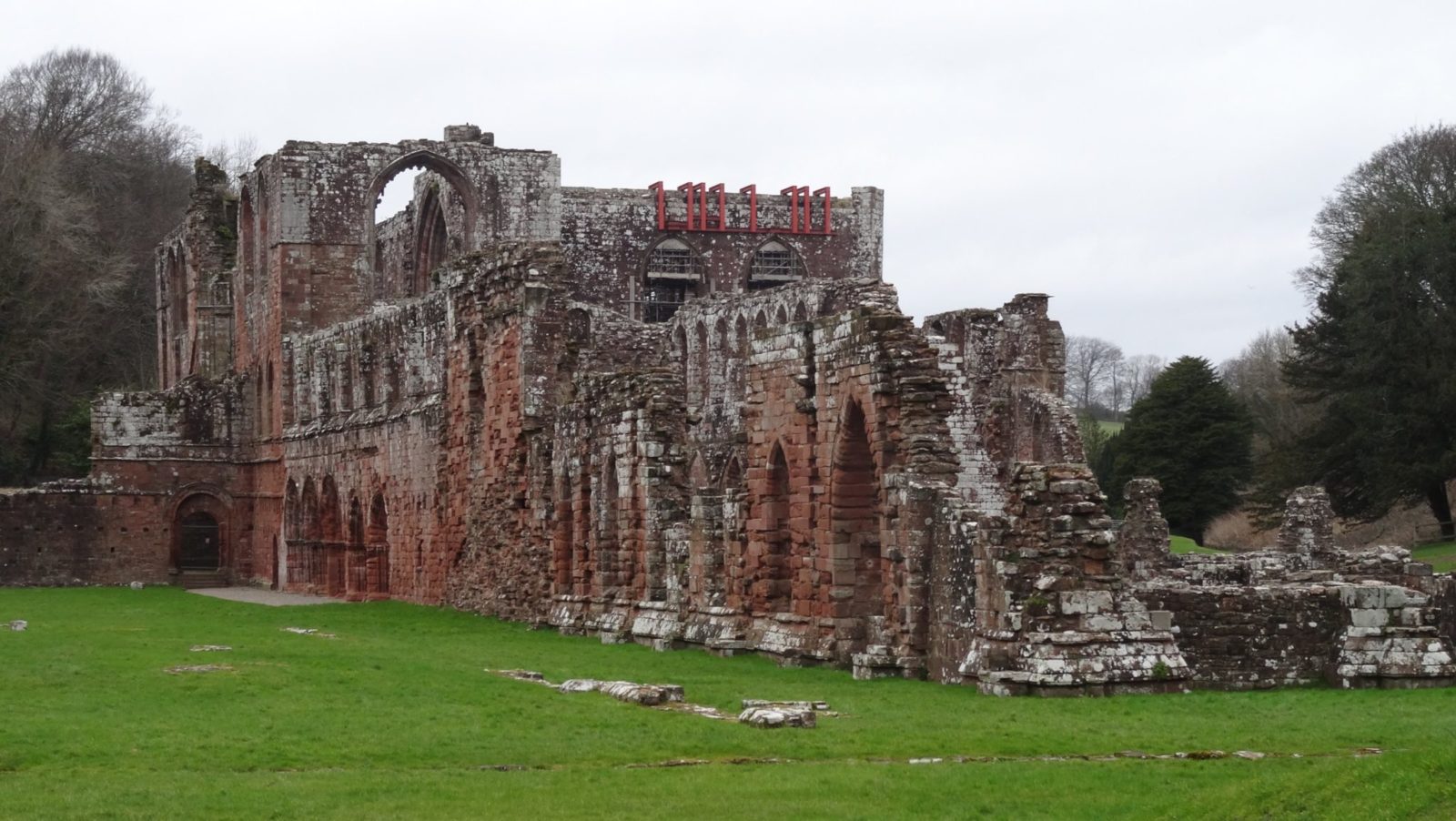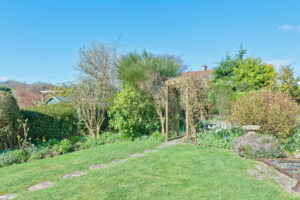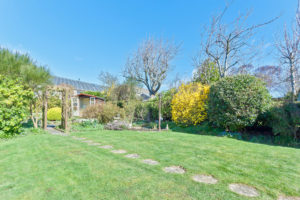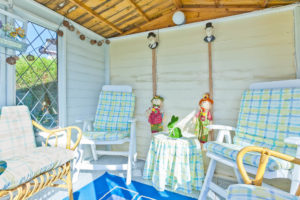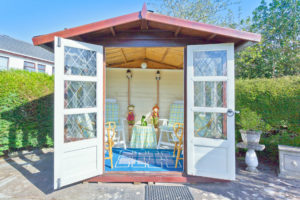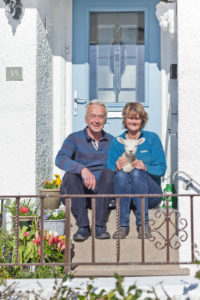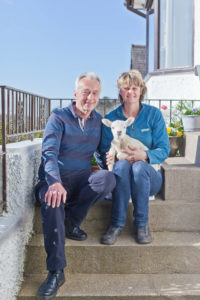Explore the History of Furness Abbey in Barrow-in-Furness:
Step back in time as you wander through the ruins of Furness Abbey, a medieval monastery dating back to the 12th century.
These majestic red sandstone ruins of Furness Abbey, founded in 1123 for Savigny Monks is just over a mile from Barrow-in Furness.
The walls of the choir, transepts, and west (belfry) tower peak almost to their original height.
Once standing as one of England’s wealthiest Cistercian monasteries, Furness Abbey boasts a fascinating history steeped in prosperity and cultural significance.
The monastery’s affluence derived from diverse sources such as farming, controlled fishing, and the production of grain and leather.
These economic activities contributed to its prominence during its heyday.
Nestled in a tranquil valley, the remnants of the 12th-century Abbey, composed of majestic red sandstones, evoke a sense of awe.
Renowned poet William Wordsworth aptly dubbed it the ‘vale of nightshade,’ capturing the mystique of this historical landmark.
The soaring ruins, witnesses to nearly 900 years of history, exude an undeniable grandeur.
They stand as a testament to the flourishing community that once thrived within the walls of this opulent abbey.
Numerous well-preserved structures make up the Abbey, including the Outer Court, the Church with its North and South Transept and Tower, the Cloister Court, Chapter House, the dormitory, infirmary, and kitchen.
These buildings offer a glimpse into the architectural prowess of the medieval era.
Founded by Count (later King) Stephen of Boulogne around 1125, the Abbey underwent transformations, adopting the Cistercian style, distinct from the original Savignac architecture.
The development extended to Walney Island, where the Abbey established a harbor to facilitate trade in wool and iron.
Additionally, a protective castle was erected at Piel, underscoring the strategic importance of Furness Abbey.
Despite its economic success, the Abbey faced adversity, enduring raids by the Scots on two occasions.
However, its resilience prevailed until the tumultuous period of Henry VIII’s dissolution of monasteries.
Furness Abbey was selected as the inaugural large abbey to be dissolved, marking the end of an era.
Over the years, extensive restoration efforts have breathed new life into the 500-year-old structure, preserving its architectural marvels.
However, in 1537, during the English Reformation under Henry VIII’s orders, parts of the Abbey succumbed to destruction, leaving behind the captivating ruins we see today.
Conveniently located just 40 minutes away from Lothlorien Holiday Cottage in Grange-over-Sands by car, Furness Abbey invites visitors to embark on a journey through time, exploring the remnants of a once thriving and opulent religious institution.
Immerse yourself in the history, architecture, and cultural significance that define this remarkable landmark.
If you are looking for a holiday cottage in Grange-over-Sands enquire here.
